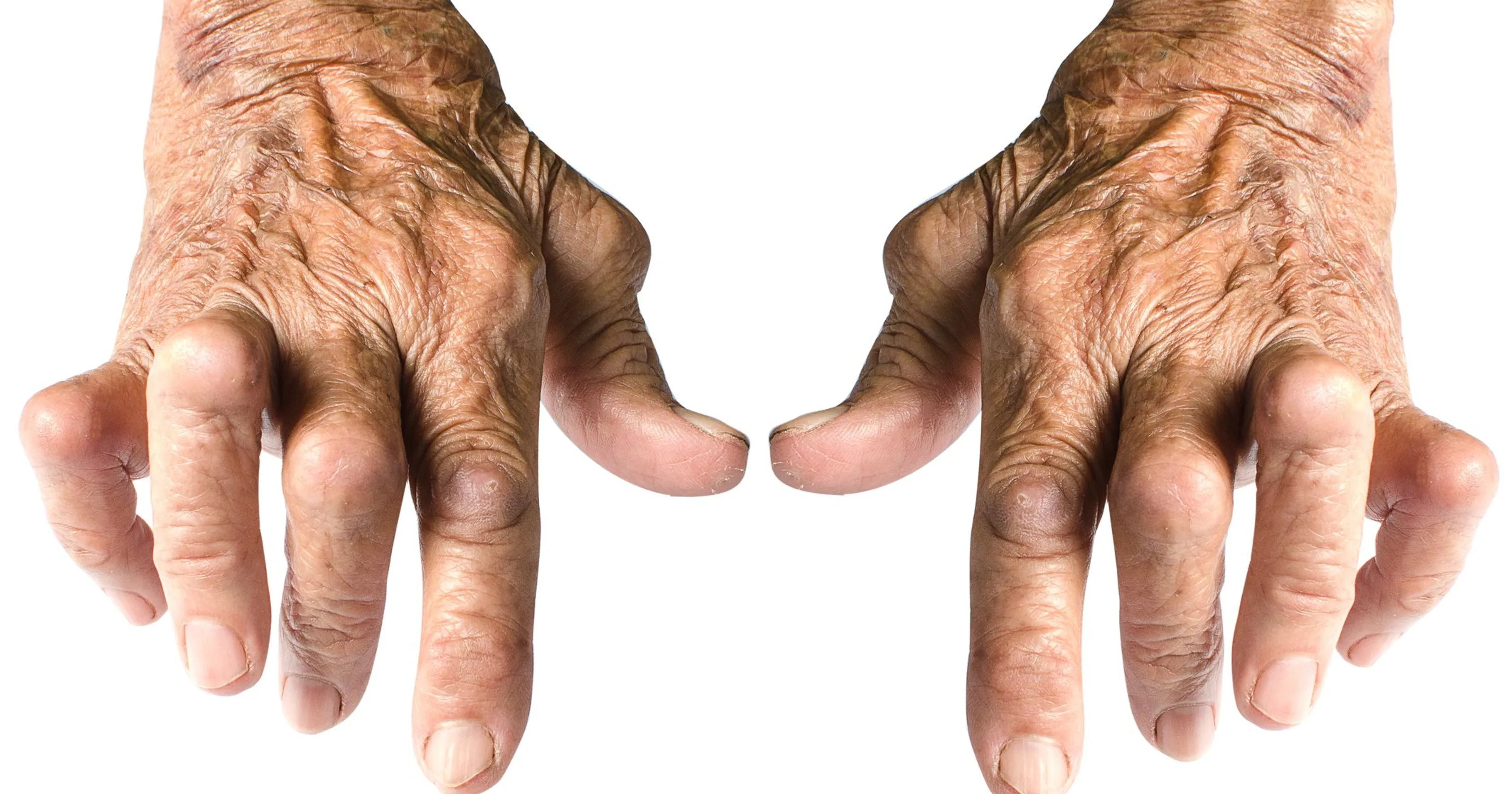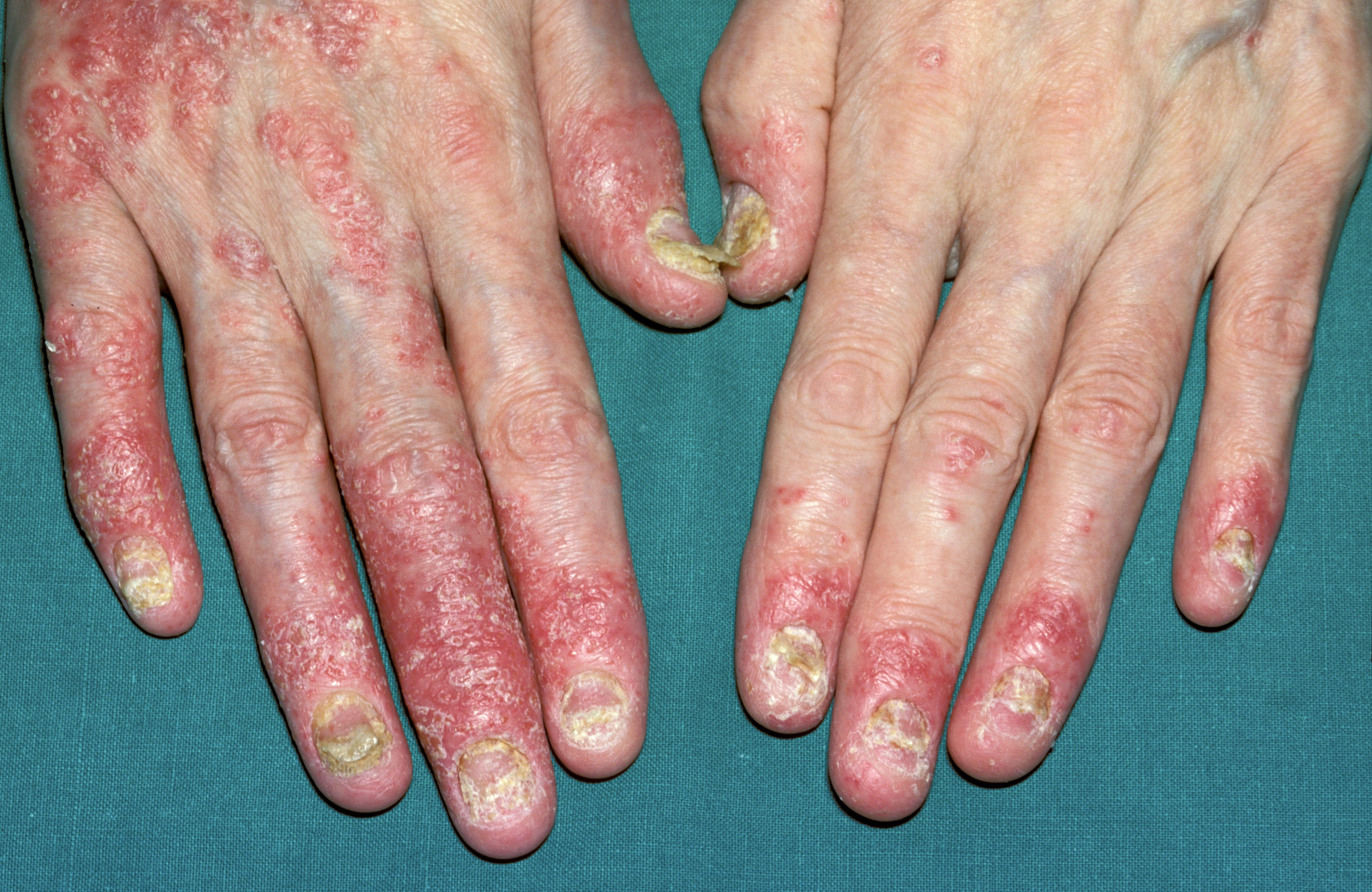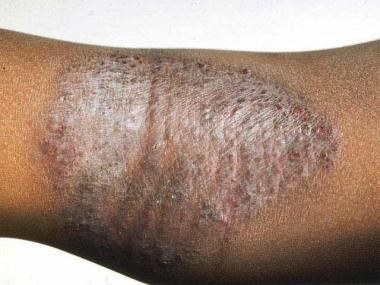Diseases and Conditions
We have identified a number of immuno-inflammatory conditions where treatment gaps exist, and we seek to apply our revelationary science to fill these treatment gaps.

Rheumatoid Arthritis
Rheumatoid Arthritis (RA) is the most common form of autoimmune arthritis. It affects more than 1.3 million Americans. About 75% of patients with RA are women, and 1-3% of women may get RA in their lifetime. The disease most often begins between the ages of 30 and 50, and is a chronic disease which causes joint pain, stiffness, swelling and decreased movement of the joints. Small joints in the hands and feet are most commonly affected, but RA can also affect organs, such as eyes, skin or lungs.
Great progress has been made in the treatment of RA with the advent of biological therapies and JAK inhibitors. There remains a need for small molecule therapies with improved benefit:risk profiles that can make safe and effective therapy accessible to more patients.

Psoriatic arthritis
Psoriatic arthritis (PSA) is an inflammatory arthritis associated with psoriasis. In most cases the arthritis appears after the onset of skin lesions but it can precede skin disease in some patients. Men and women are affected equally and both central and peripheral joints can be impacted.
The advent of biologic therapy has significantly improved the management of PSA, but there is a need for new mechanisms and approaches to treat this important disease.

Atopic Dermatitis
Atopic Dermatitis (AD) is a chronic, inflammatory skin disease that usually starts in early infancy. In developed countries, AD affects 15-30% of children and 2-10% of adults. The predominant symptom is a red, itchy rash, which can have a significant impact on quality of life.
Topical steroids have been a mainstay of AD treatment for decades, but are associated with significant adverse events which may limit how much or how long they can be used. JAK inhibitors may offer a good alternative treatment option for AD. The challenge is to optimize delivery of the drug to the disease site (i.e., the skin) while minimizing systemic toxicity.

Inflammatory Bowel Disease
Inflammatory Bowel Disease (IBD) is an inflammatory disease affecting the gastrointestinal (GI) tract. The two major types of IBD are ulcerative colitis, and Crohn’s disease: Ulcerative Colitis is limited to the colon, while Crohn’s Disease can impact any segment of the GI tract. Approximately 1-2 million people in the United States have IBD. IBD most commonly presents in young adults (late adolescence to the third decade of life) and males and females are affected at a similar rate.
While the use of biological therapies have improved the medical treatment of IBD, there remains a great need for more effective therapies with an improved safety profile.